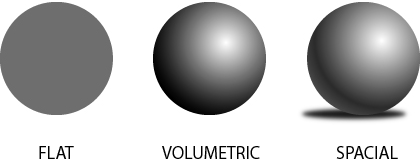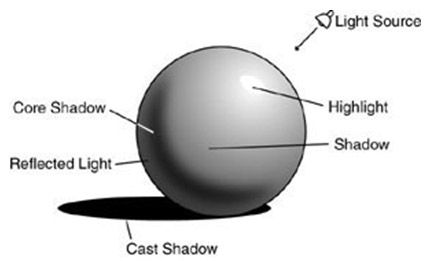Google “how to shade” and you’ll find enough info to keep you busy for days years! In this post, I share some of my understanding of the power (of a bit of smudged/blended pencil) to transform a flat shape into something that can seem to leap off the page.
… back in Art School
Most of my college-level education in the 70’s rejected centuries-old “art rules.” Instead, it focused on freeing the media to create itself (a result of Abstract Art, begun in the 40’s and still popular today). But on occasion, technique was taught… especially, how to shade. I have fond(?) memories of devoting weeks to drawing just white objects, including lots of spheres, cubes, and cones.
… what I’ve Learned:
- Shading is a very complicated topic, with lots of words.
- The first step to shading is determining the “source” of light (note: in the Zentangle® method, there is no light source; shading is applied wherever desired).
- Inside a building, light comes from above (ceiling lights) and from more than one side (lamps, sunlit windows, even reflected off white walls) — like I said: very complicated!
- The first step to learning is to simplify: name one source.
… some Words:

- Note: one light source (from the upper right) as evidenced by the white shine.
- “Volumetric” demonstrates “form” shadow
- “Spacial” demonstrates “cast” shadow

- Notice: there is “shadow” above/around the “highlight” (upper right).
- Remember: “cast shadow” is darkest (under the sphere is darker than any shadow on the sphere).
- Surprise: there is “reflected light” in the shadowed area from light bouncing off objects onto the sphere (lower left).
… Tips:
- Shade with a gradient — darkest (black) “feathers out” toward lightest (white).
- Contrast — dark looks darkest next to white.
- Perspective — light things look close; dark things look faraway.
- Shadow is grey, not black; if object has color, that color is in its shadows.
- Emphasis — can add black, in small amount, even just a dot.
